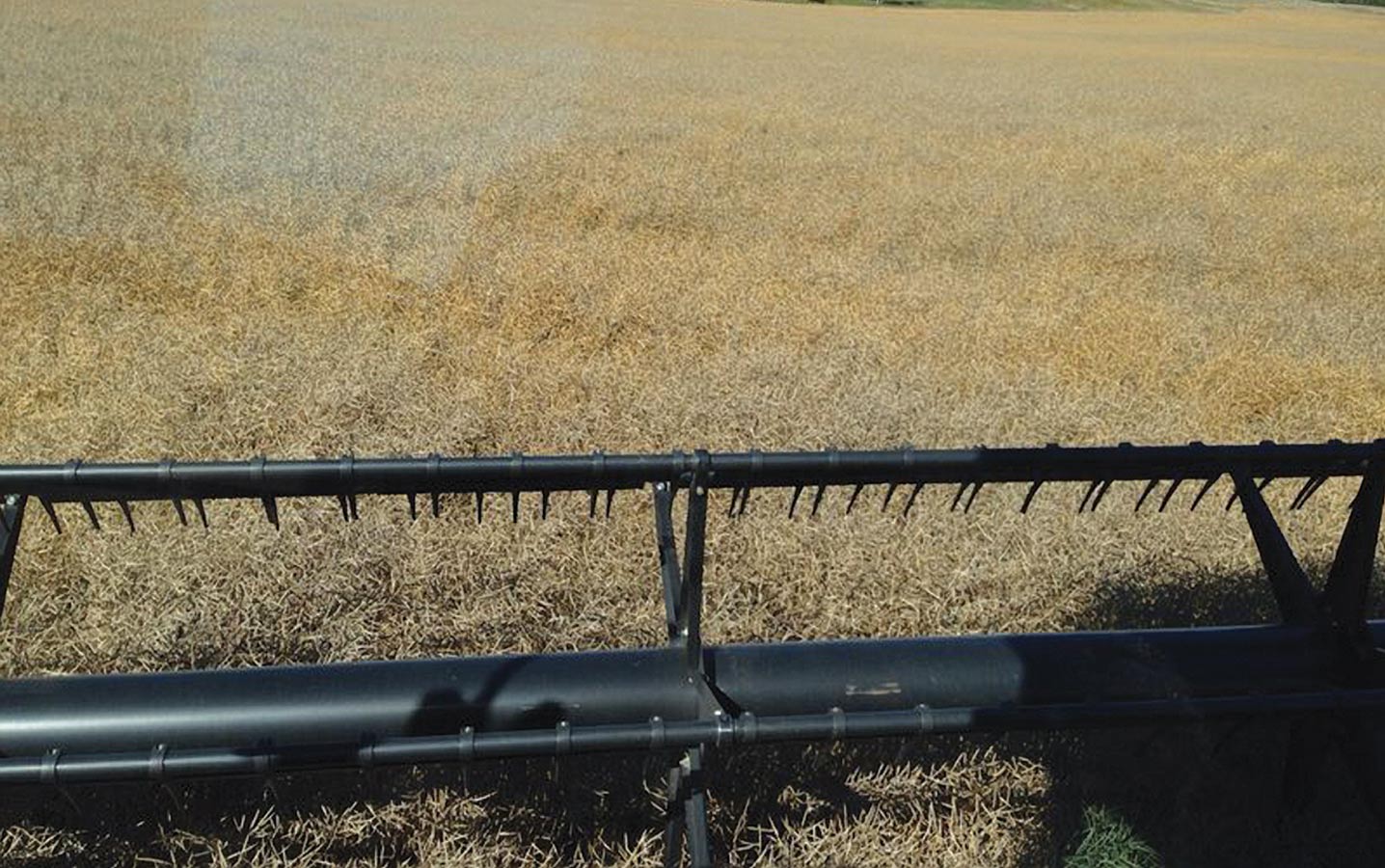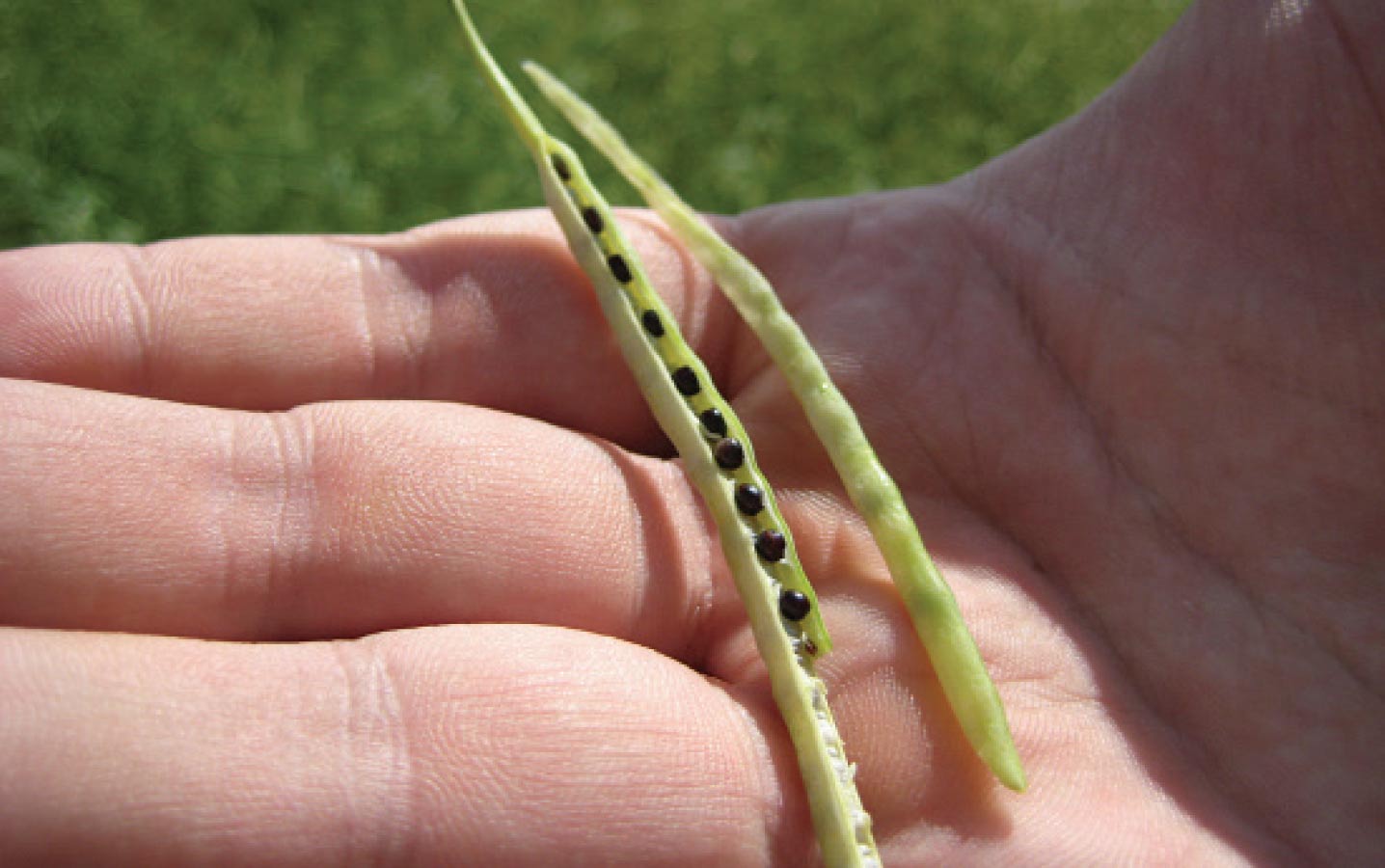Science Edition 2014—Key practice: Increasing the number of years between canola crops in the rotation reduces incidence and severity of blackleg and clubroot in fields. Key research: Kutcher, H.R., University of Saskatchewan, et al. “Blackleg Disease of Canola Mitigated by Resistant Cultivars and Four-Year Crop Rotations in Western Canada.” Canadian Journal of Plant Pathology (2013). Peng, G.,...
Read More 
Science Edition 2014—Key practice: Reducing harvest losses starts with strong crop establishment, adequate fertilization, early weed control and frequent scouting. Key research: Liu, C., Agriculture and Agri-Food Canada (AAFC), et al. “Evaluation of On-Farm Crop Management Decisions on Canola Productivity.” Canadian Journal of Plant Science (2014). Watson, P.R., Alberta Research Council, et al. “Canola Harvest Management Study.”...
Read More Science Edition 2014—Key practice: Uniform stands, with the same number of plants per square foot across the field and with plants at the same growth stage, are proven to increase yields. Key research: Angadi, S.V., Agriculture and Agri-Food Canada (AAFC), et al. “Yield Adjustment by Canola Grown at Different Plant Populations under Semiarid Conditions.” Crop Science 43...
Read More Science Edition 2014—Key practice: Higher seeding rates mean a more competitive crop, which can translate into higher yields and lower in-crop weed management costs. Key research: Harker, K.N., Agriculture and Agri-Food Canada (AAFC), et al. “High-Yield No-Till Canola Production on the Canadian Prairies.” Canadian Journal of Plant Science. (2012). Harker, K.N., AAFC, et al. “Seeding Rate, Herbicide...
Read More 
Science Edition 2014—Growing spring canola in the moderately short growing season of the Canadian Prairies always tests the tipping point between maximum maturity time (to produce maximum yield) and avoiding the first frost. With growers taking on more acres than ever, the time crunch at harvest can make it tempting to begin swathing early. But the yield...
Read More





